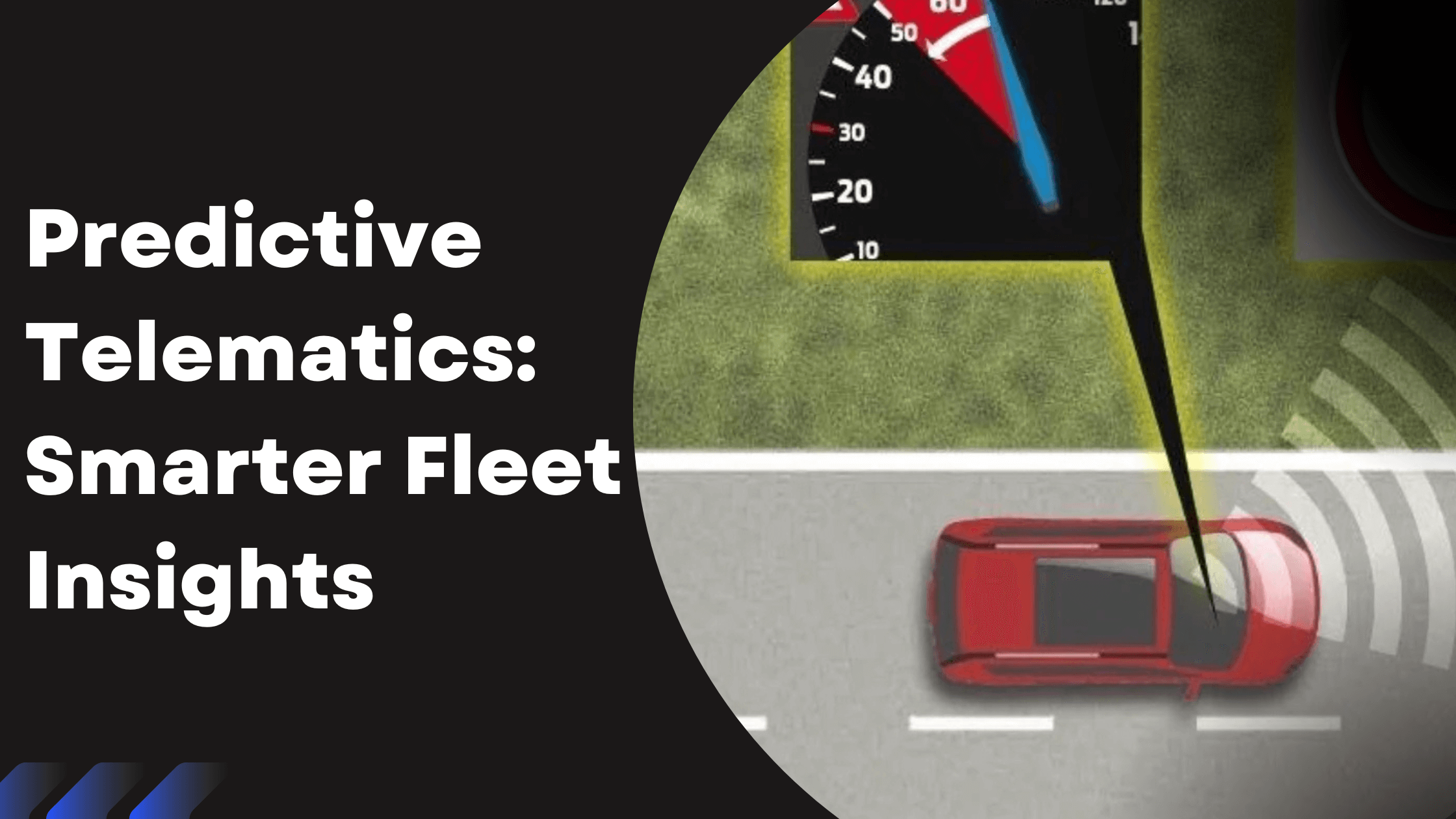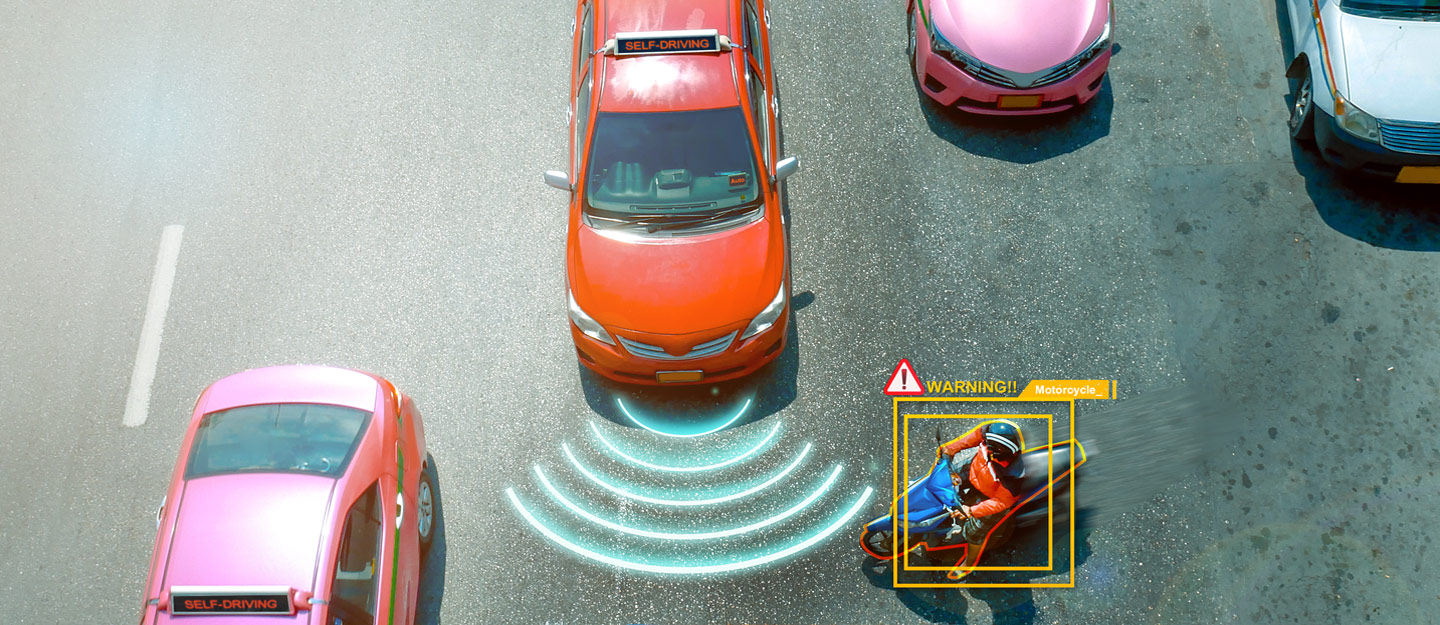Speeding isn’t just a bad habit—it’s a daily gamble for fleet operators. One heavy foot can lead to wrecks, fines, and legal headaches. Automated speed control steps in here. These systems don’t just cut speed; they cut risk, save costs, and help everyone get home in one piece.
How Automated Speed Control Systems Reduce Fleet Liability and Ensure Safer Roads
Jun 11, 2025 Resolute Dynamics

Let’s break it all down.
✔️ Key Takeaway:
Automated speed control systems use real-time data, GPS, and AI to manage vehicle speed dynamically—reducing crashes, legal risk, and fuel costs. For fleet operators, especially in regions with strict enforcement like the UAE or Southeast Asia, these systems offer a smart, reliable way to ensure safety, stay compliant, and protect the business from liability.
Why Speed Control Matters in Fleet Operations
What Is an Automated Speed Control System?

Automated speed control isn’t just a limiter—it’s a smart co-pilot. It adjusts the vehicle’s speed on the fly, using live data about the road, location, and traffic. Unlike old-school governors, it doesn’t stick to one number. It adapts.
These systems usually plug into a bigger fleet tech stack—working with telematics, AI tools, and driver-assist features. The result? Safer roads, fewer legal headaches, and better compliance across borders.
Let’s break down how these systems function at a deeper level:
1. Geo-Fencing for Speed Enforcement
Example: Entering a school zone at 30 km/h? The system immediately restricts throttle input, preventing the driver from exceeding that limit.
This eliminates the need for manual driver compliance and ensures location-based speed control, which is crucial for regions with variable speed zones like Dubai or Singapore.
2. Dynamic Speed Adjustment in Real Time
This is where AI and real-time data fusion come into play. The system constantly pulls data from multiple sources:
- GPS satellites
- Vehicle sensors (like wheel speed, brake pressure, and engine RPM)
- Road condition data (from maps or vehicle-to-infrastructure systems)
Based on this data, the system can:
- Slow the vehicle on sharp curves
- Limit speed during harsh weather (fog, rain)
- Adjust for elevation, traffic density, or driving behavior
3. Integration with ADAS (Advanced Driver Assistance Systems)
- Lane departure warnings
- Collision avoidance systems
- Adaptive cruise control
- Pedestrian detection
If something risky pops up—say, a car swerves in or a pedestrian steps out—ADAS can sound the alarm or ask the speed system to step in. That might mean slowing down or even braking on its own.
This teamwork cuts reaction time and gives drivers a better shot at avoiding a crash altogether.
4. Connected Intelligence with Telematics
When combined with fleet telematics, these systems become even smarter. Fleet managers can:
- Monitor speed violations in real time
- View historic speed data
- Set fleet-wide compliance rules
- Receive alerts for non-compliant driving
Platforms like Resolute Dynamics’ “Control” system allow for centralized control and visibility, turning individual vehicle safety into an entire fleet safety framework.
Key Technologies Involved
To help understand what powers an automated speed control system, here are some core components:
- ECU (Electronic Control Unit): The brain that executes speed adjustments
- CAN Bus System: Communication network inside the vehicle
- Throttle Actuator: A Mechanism to physically limit speed
- GPS Module: For positioning and geo-fencing
- Cloud Backend: To sync data with fleet dashboards
- AI Algorithms: For predictive behavior and environment analysis
The Legal Side: How Automated Speed Control Reduces Liability

This is a growing concern for logistics providers, bus operators, and last-mile delivery companies alike. But automated speed control systems are now becoming a powerful shield against these risks. Let’s break down how they reduce your legal exposure and financial vulnerability.
1. Proof of Compliance with Road Laws
One of the biggest problems fleet operators face during legal disputes is the lack of verifiable data. When a speeding ticket or a crash happens, you need proof that:
- The vehicle was operating within legal speed limits.
- The company had systems in place to prevent unsafe driving.
Automated speed control systems provide that proof. These systems generate time-stamped logs, showing the vehicle’s speed, throttle input, road conditions, and speed zone at any given point. This becomes vital when defending against:
- Wrongful death suits
- Negligence claims
- Regulatory fines for non-compliance
By maintaining an audit trail of compliance, your company demonstrates due diligence — a key defense in many legal systems worldwide.
2. Telematics Incident Reports for Court Evidence
Today’s AI-powered fleet systems include integrated telematics, which go far beyond basic GPS tracking. These systems record:
- Speed over time
- Braking force and patterns
- Driver inputs (acceleration, lane changes)
- Environmental context (location, traffic density, weather)
This information can be packaged into an incident report — a structured log that reconstructs what really happened during an accident or violation. Courts and insurance companies increasingly accept telematics data as evidence, which can:
- Prove that the vehicle slowed before impact
- Show the driver’s behavior was in line with company policy
- Contradict false or exaggerated claims by third parties
This shifts your company from a position of blame to a position of control — especially when working with insurance investigators or regulatory bodies like the RTA (Dubai Roads and Transport Authority) or FMCSA in the U.S.
3. Insurance Premium Benefits and Risk Profiling
Fleet insurance is a major operating cost, and it goes up fast after a few incidents. But insurers reward risk mitigation. Companies that use intelligent safety tools — especially automated speed control — are often eligible for:
- Lower premiums
- Claims-free incentives
- Safer fleet discounts
That’s because automated systems lead to fewer accidents, less fraud, and shorter investigation times. Some insurers even offer usage-based insurance (UBI) models, where real-time driver data directly influences your monthly rates.
In essence, automated systems create a risk profile that reflects your actual safety practices — not just your past claims history. Over time, this leads to more favorable terms and greater negotiating power with insurers.
Removing Human Error from the Equation

We all make mistakes. Drivers are no different. Fatigue, stress, or even overconfidence can lead to risky behavior on the road.
With AI-powered systems, the vehicle can:
- Alert drivers in real time when they are speeding.
- Auto-correct behavior by limiting speed without needing the driver to act.
- Monitor driving habits over time to help train and improve performance.
Resolute Dynamics uses its “Capture” and “Connect” platforms to collect and analyze driver behavior, so you can fix issues before they become problems.
Safety and Efficiency Go Hand in Hand
Speed control isn’t just about avoiding crashes. It brings real business benefits too:
- Better Fuel Economy: Driving at steady, legal speeds burns less fuel.
- Longer Vehicle Life: Fewer harsh brakes, less engine strain.
- Fewer Tickets and Fines: Automated enforcement helps you stay clean on audits.
And let’s not forget the biggest win — happier customers. When your fleet runs safely and on time, trust grows.
Case Study: Smarter Speed Control Across Asia
Imagine a fleet of 1,000 delivery trucks across India and the UAE. Before automation, speeding violations were high, fuel costs unpredictable, and accident claims a nightmare.
After installing smart speed control and telematics:
- Speed violations dropped by 62%.
- Fuel costs were cut by 12%.
- Accident-related downtime fell by 45%.
That’s not theory — that’s what happens when you let technology lead the way.
Why Choose Resolute Dynamics?
When it comes to automotive safety, not all systems are equal.
Resolute Dynamics offers:
- AI-powered control systems that adapt to every driving environment.
- Real-time data tracking with 200,000+ vehicles already connected.
- Global expertise with fleets in over 20 countries including the UAE, India, and Southeast Asia.
From urban deliveries to long-haul logistics, their tools are built for real-world conditions.
Getting Started: How to Implement Speed Control in Your Fleet
Thinking about making the switch? Here’s what you’ll need:
- Assessment: Look at your fleet size, routes, and driver behavior.
- Hardware Integration: Install sensors, GPS, and speed control units.
- Software Setup: Connect to a fleet management platform that monitors and reports everything.
- Training: Help drivers understand and trust the new system.
Working with the right partner makes all the difference. Companies like Resolute Dynamics walk you through every step, from planning to deployment.
Frequently Asked Questions
What’s an automated speed control system?
How does it protect my business from liability?
It documents speed compliance, reduces risky behavior, and gives legal proof in case of accidents.
Is this technology legal everywhere?
Yes. In fact, many governments encourage or even require its use in commercial fleets.
Final Thoughts
Speeding isn’t just a driving issue — it’s a business liability. With automated speed control systems, you don’t have to leave safety to chance. These tools give you control, protect your drivers, and keep your company safe from legal and financial trouble.